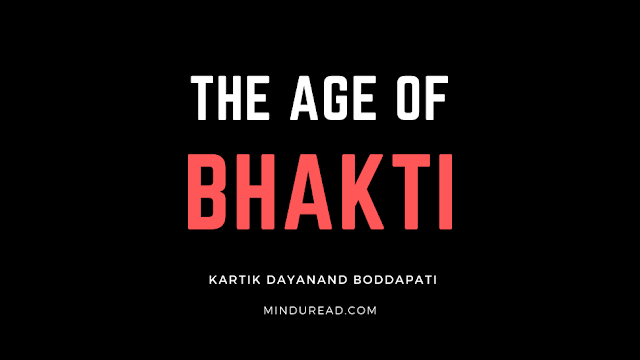Missing the asli swaad of the original Cadbury Dairy Milk ad
Everyone’s been going gaga over the new Cadbury Dairy Milk ad — a faithful recreation of its own iconic asli swaad zindagi ka ad from 1993.
The original ad evokes a lot of nostalgia for many of us and this re-creation milks that emotion very well. The twist with the gender reversal is the key point that made everyone fall in love with it.
I however feel there is one critical aspect of the original that the new one completely misses.
Before I speak about it, let’s see what the new ad does.
Here goes…
A reflection of current times
Good looks in the past meant that the person had to be fair skinned. And traditionally the man did certain things that a woman would never do, and vice versa.
But with a rapidly globalised world and changes in nature and choice of careers, the gender representation had to be corrected. Lego did that with its toys, and Mattel with its Barbie dolls, and so on.
The Oscars have introduced new D&I norms which have to be followed to qualify for their awards. We now live in a vastly different world of inclusivity.
In this context the new Cadbury Dairy Milk ad is a great course-correction of sorts.
The Reset:
They did a smart thing (or maybe a very obvious thing) and picked their most beloved ad and reset it for current times.
The woman wields the bat while the man roots for her sitting in the stands. That takes care of the gender bit.
And when it comes to the D&I bit they pick a Sardar and a dusky South Indian woman.
If you think about it, it still resorts to the standard stereotype of ‘all North Indians are Punjabis and all South Indians are Madrasis’.
It’s straight out of a playbook. An easy choice. Or an easy bait. Whichever way, it seems to work. That isn’t my biggest grouse with this ad though.
The ad misses a very critical element from the original, making the whole act of the dancing Sardar on the field seem irrelevant.
The original ad had a far bigger and a far more empowering message for women, and that dance was at the core of that message.
Here is why…
Asli swaad of the old Cadbury Dairy Milk ad
They say actions speak louder than words.
The setting where that action takes place is a very important element too. It provides the right context to the action and helps tell the story.
Context:
In our original ad, we see a traditional test or a league match with men in whites.
The setting is all about rules and order. Majority of the audience is dressed in suits with ties, and formal gowns and sarees.
The girl looks casual. She’s full of colour, in total contrast to almost everyone around.
Breaking Free:
When the winning shot is played, she is not afraid to break the rules. She jumps onto the field with gay abandon, not even worrying if anyone is judging her, or her dancing skills. She is real. She is natural. She is human. And most of all fearless to show her love towards her man…and her man loves that.
The real success of that ad lies in the fearlessness, the assertion, and celebration of the joy of that woman — it is hardly about the man scoring that six.
It reflected the changing nature of our society at that time and set the template for women to aspire for such freedom of the self.
We respected the woman for who she was, applauded her, celebrated her. It is that sentiment which led to the creation of the woman we see in the new ad.
And as you can see…that dance is what made it all possible.
The dancing Sardar pales in comparison to the sheer impact the original had on the concept of women’s empowerment.
We can laud the new Cadbury Dairy Milk ad as much as we want, but it is just a mandatory reset without the magical essence of the original.
That’s why I say the asli swaad of the original is missing in the new ad.
Do ponder about it. Let me know what you think.
Cheers!
Kartik Dayanand Boddapati








Its always difficult to beat the original but I feel, your focus is not on what they intended probably. The dancing sardar pales w.r.t original but that is probably intentional. The focus is not the man but the woman. Its a different discussion whether the woman in the latest one pales w.r.t original one. If yes why is it so and if not, how....
ReplyDeleteI get what you are saying. But when you say focus is not on what they intended - the entire D&I section in my post is about that aspect. The dancing sardar doesn't move the story forward unlike the original. It wouldn't have made any difference if he didn't dance out there.
DeleteThe woman in the new one is an achiever, and in no way is a pale comparison — like I mentioned in the post, she is a manifestation of the spirit shown in the original ad.
I am decidedly underwhelmed by the advert, not the least of the reason being that this feels artificial, an overarching need to be seen as doing something which will be considered 'woke' and progressive or whatever narrative is the in thing now. There is a forced quality to it which just does not work for me - it has none of the smooth, seamless and spontaneous quality of the original ad which I remember loving. Or maybe I am just old and grumpy.
ReplyDeleteBang on; except for the old and grumpy bit 🙂
Delete